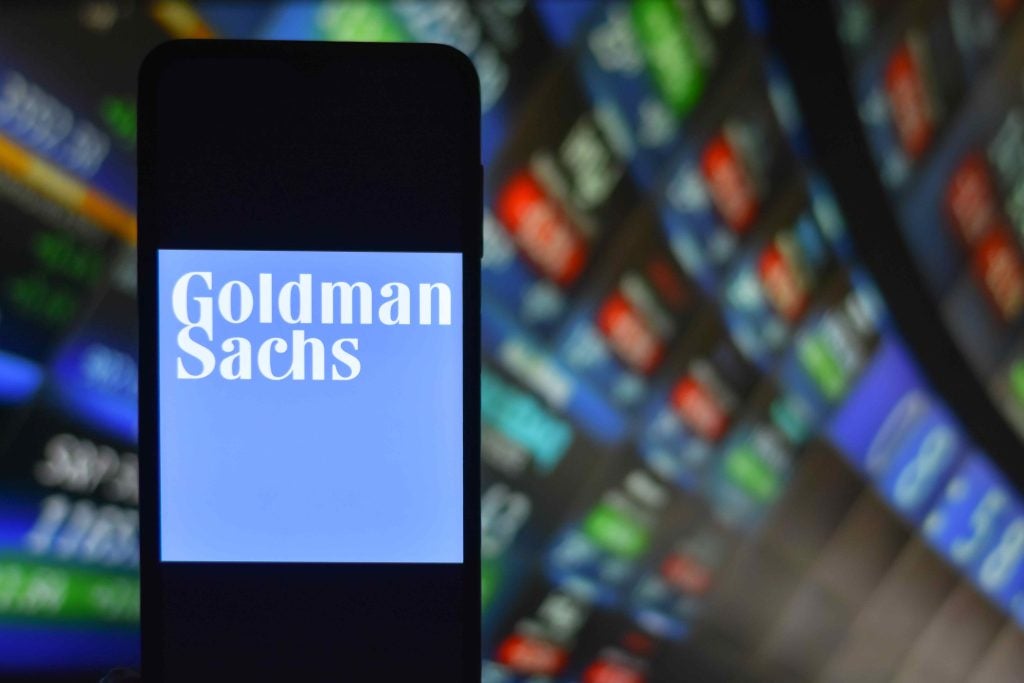Swiss private bank Julius Baer AuM (assets under management) grew to CHF395bn in the ten months to the end of October 2018, a year-to-date rise of CHF6bn or 2%.
The share price at Julius Baer fell following the news. The small increase in AuM is paltry compared to other private banks and asset managers. A report from Willis Towers Watson’s Thinking Ahead Institute recently found the AuM of the top 500 managers grew 15.6%.
Net inflows were almost 5%, which is slightly less than the 4–6% target range in the medium-term.
Inflows were said to be notably strong from clients in Asia, the UK and Germany.
However, the gross margin for the first ten months of 2018 dropped to 87 basis points from 91 basis points in the first six months of 2018. The figure also marked a fall from full year 2017, when the margin was 90 basis points.
The cost/income ratio during the period stood at 69%. The figure surpasses the bank’s 64-68% target range.
“The increase was driven by the drop in client activity in the third quarter, which was more pronounced than expected at mid-year,” Julius Baer said in its earnings statement.
The private bank’s BIS CET1 capital ratio at the end of October 2018 was 13%, compared to 13.5% at year-end 2017.
“In the first ten months of 2018, BIS CET1 capital was affected by the acquisitions of Reliance Group (in June) and the residual 20% stake in Kairos (in January). In the last four months, risk-weighted assets went up, partly from an increase in the financial assets portfolio following further credit deleveraging, and partly from an increase in market risk,” the bank said.
The BIS total capital ratio was 19% after the redemption of perpetual Tier 1 bonds, as against 21.2% at year-end 2017. Julius Baer’s tier 1 leverage ratio stood at 3.8%, more than the regulatory floor of 3%.







